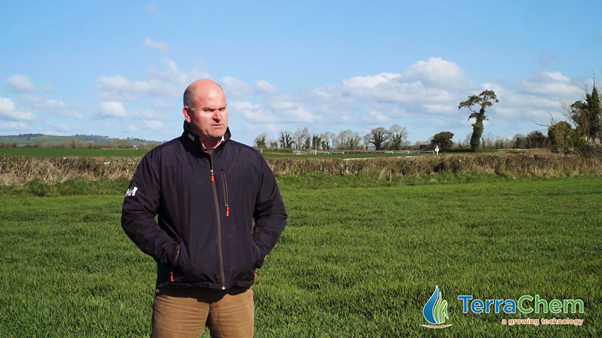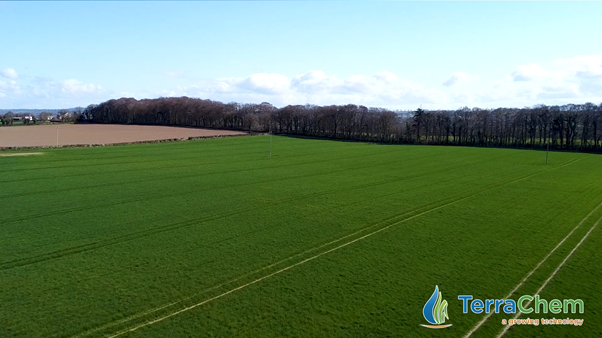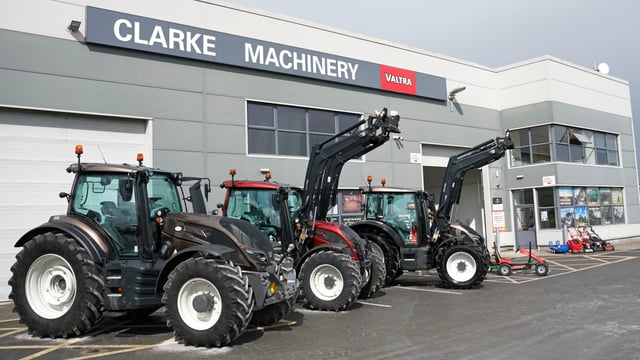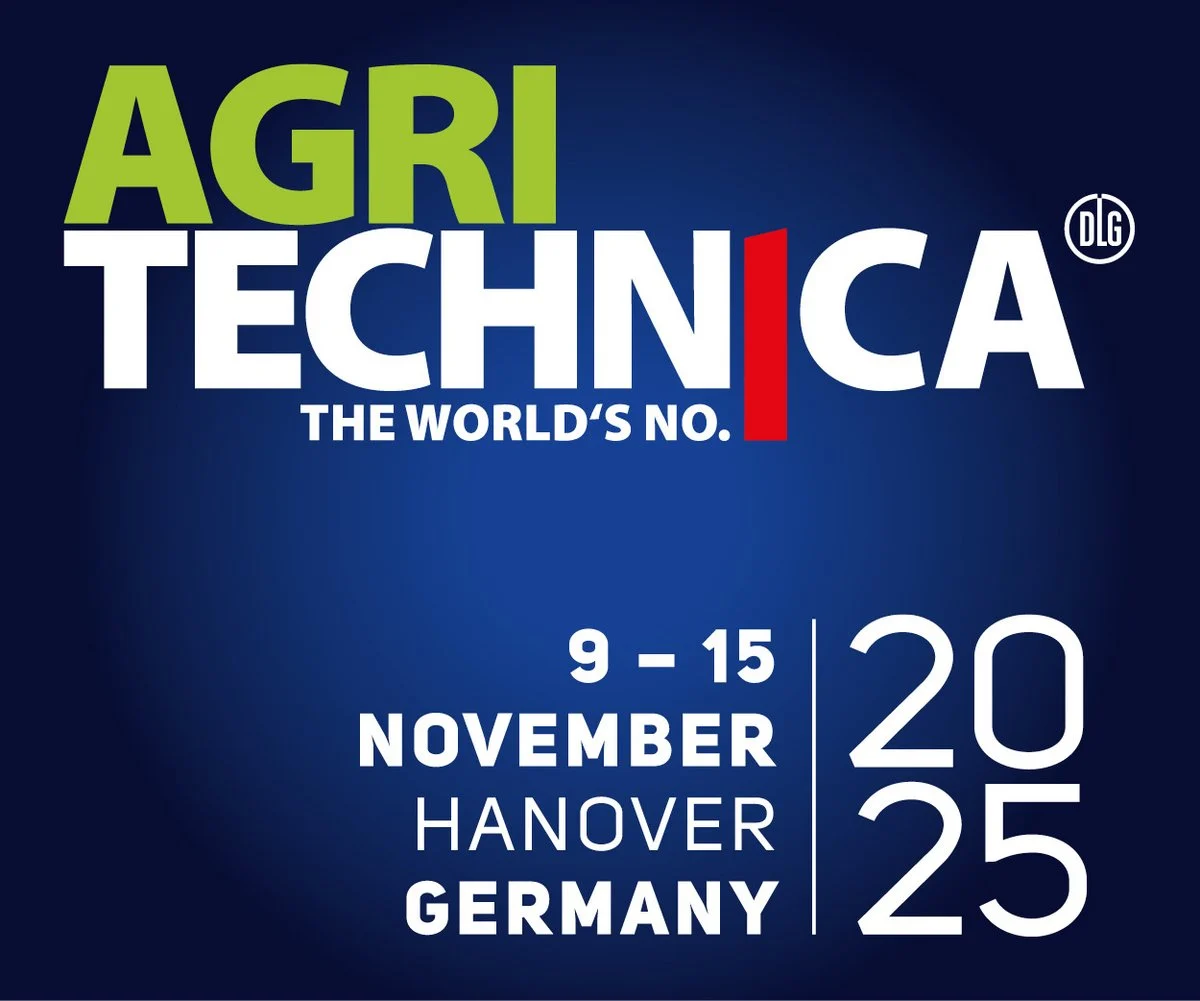Sponsored Article

Sponsored Article
Crops Watch: Protect your investment with Inatreq
Sponsored Article

In the latest instalment of Terrachem’s Crop Watch video series, John Mulhare and Robert Beattie of Terrachem discuss Inatreq Active.
Inatreq, as it is widely known, is the brand name of the chemical fenpicoxamid, which is from the picolinamides family.
Inatreq is a unique form of disease control for cereal crops. It is the first new mode of action for cereal-disease control launched in almost 20 years.
In the video above, Robert explains that Inatreq is available to growers in three different brand names: Peacoq; Aquino; and Questar. These brands are sold as commercial boxes with an azole tank mix partner.
"There's very little difference between any of the commercial box offerings," says Robert.
John addresses the great concern among growers with regards to unprecedented input costs including fertiliser and grain costs.
Robert says that, while it is not advisable to reduce input rates, output rates can be maximised by using Inatreq.
"With today's grain prices worth significant money, and we know that higher rates pay, that's what we would be advising," says Robert.
While it’s difficult to advise on a rate before the season, trial results have shown an increase in yield of 0.5t/ha comparing the 1.5L/ha rate to the 2.0L/ha rate, which is worth up to €150 to the grower.
John discusses that last year, the control of yellow rust was a common topic of conversation among growers with Robert mentioning how "yellow rust can take up to 50% of your yield".
"If you have a susceptive variety [to yellow rust], start early and get on top of it. Whereas with Septoria, it's about protecting your top three leaves," advises Robert.
In terms of timing, Inatreq should be used at one of the main spray timings: third-last leaf fully emerged (T1); and flag leaf fully emerged (T2).
"The least amount of exposure to the disease, the longer it is going to be working at the levels it is now," says Robert.
In 2021, the vast majority of Inatreq was used at T2 due to it’s excellent curative and persistent control of Septoria.
This year, with investment costs in winter wheat crops being extremely high, it is essential to protect your investment.
"Any grower, who is growing winter wheat, should seriously consider it in their programme," says Robert.
Click here to find more information on Inatreq Active.
Sponsored Article








